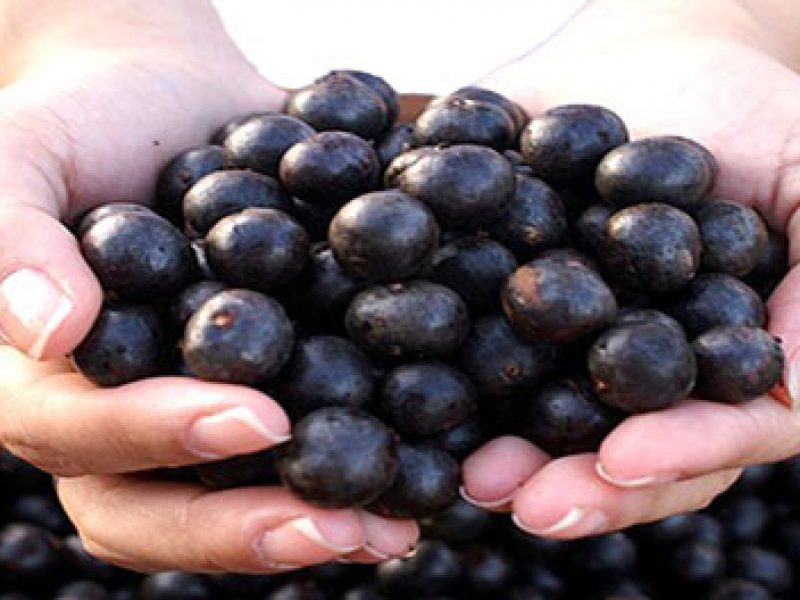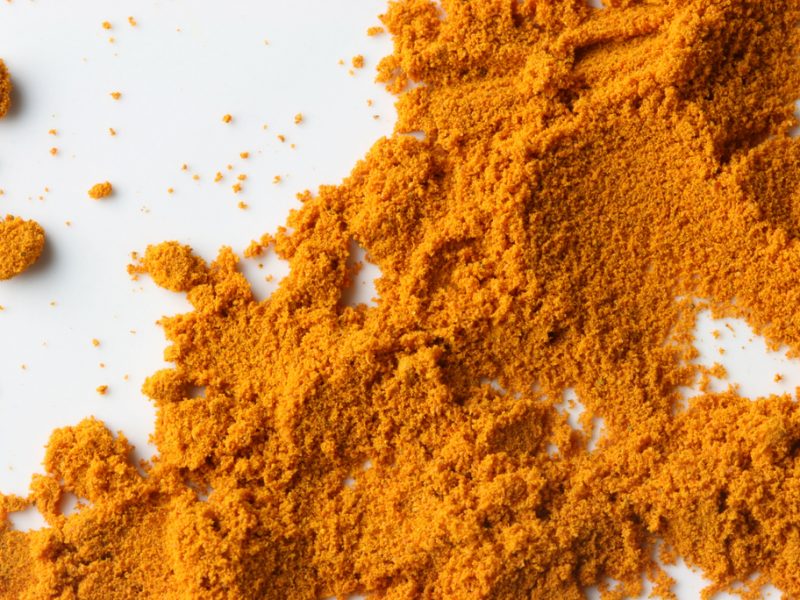Food Word of the Week
Guanciale [gwan-cha-lay]: An Italian cured meat or salami made from pork cheek.
Origin: Italian
Carbonara, Cacio e Pepe, Amatriciana and Gricia. If these names mean nothing to you, you either haven’t been to Italy or you haven’t watched enough of Everyday Italian with Giada De Laurentiis. These four dishes are the holy grail of classic Italian pastas and are made complete by one key ingredient: guanciale. Guanciale is a cured Italian meat very similar to pancetta and bacon, but its high fat to meat ratio results in a deeper, porky flavor. Because it is cut from the cheek, it is also more delicate than meat that comes from the belly, like pancetta. Though pancetta or bacon are common substitutes for guanciale, the rich, salty flavor that guanciale brings can elevate a dish immensely. Guanciale is becoming increasingly popular, so it is most easily found at a local butcher or specialty food store. It is normally sold whole, which means you can cut the pieces into whatever sizes you like. So if you’re feeling ready to do your best Giada De Laurentiis impersonation, get your apron on and try this easy 4-ingredient recipe for a classic Pasta Alla Gricia, courtesy of New York Times Cooking.
Ingredients:
8 ounces guanciale (cured pig’s jowl), cut into 1/4-inch pieces
½ teaspoon finely ground black pepper, plus a pinch
¾ pound tonnarelli or other long pasta like linguine or spaghetti
¼ cup finely grated pecorino Romano
Directions:
Step 1:
Cook the guanciale in a large skillet over medium heat until deeply golden (adjust the heat as necessary to render the fat without burning the meat). The meaty parts should be browned and the fatty parts should be cooked but still slightly transparent. This will take 15 to 20 minutes. When it’s done, add the black pepper and turn off the heat.
Step 2:
Meanwhile, put a pot of salted water on to boil. When the water boils, cook the pasta until it’s al dente, nearly but not quite done and still a bit chalky in the middle.
Step 3:
When the guanciale has cooled a bit, and while the pasta is cooking, add 3/4 cup of the pasta cooking water to the pan, turn the heat to high and reduce by about half.
Step 4:
When the pasta is ready, use tongs to transfer it to the pan with the sauce. Stir the pasta as it finishes cooking, adding more pasta cooking water if necessary until the pasta is done and the sauce thick and creamy. Add half the cheese and a pinch of pepper, and stir vigorously to incorporate.
Step 5:
Divide the pasta among four dishes, and dust each with the remaining pecorino.



